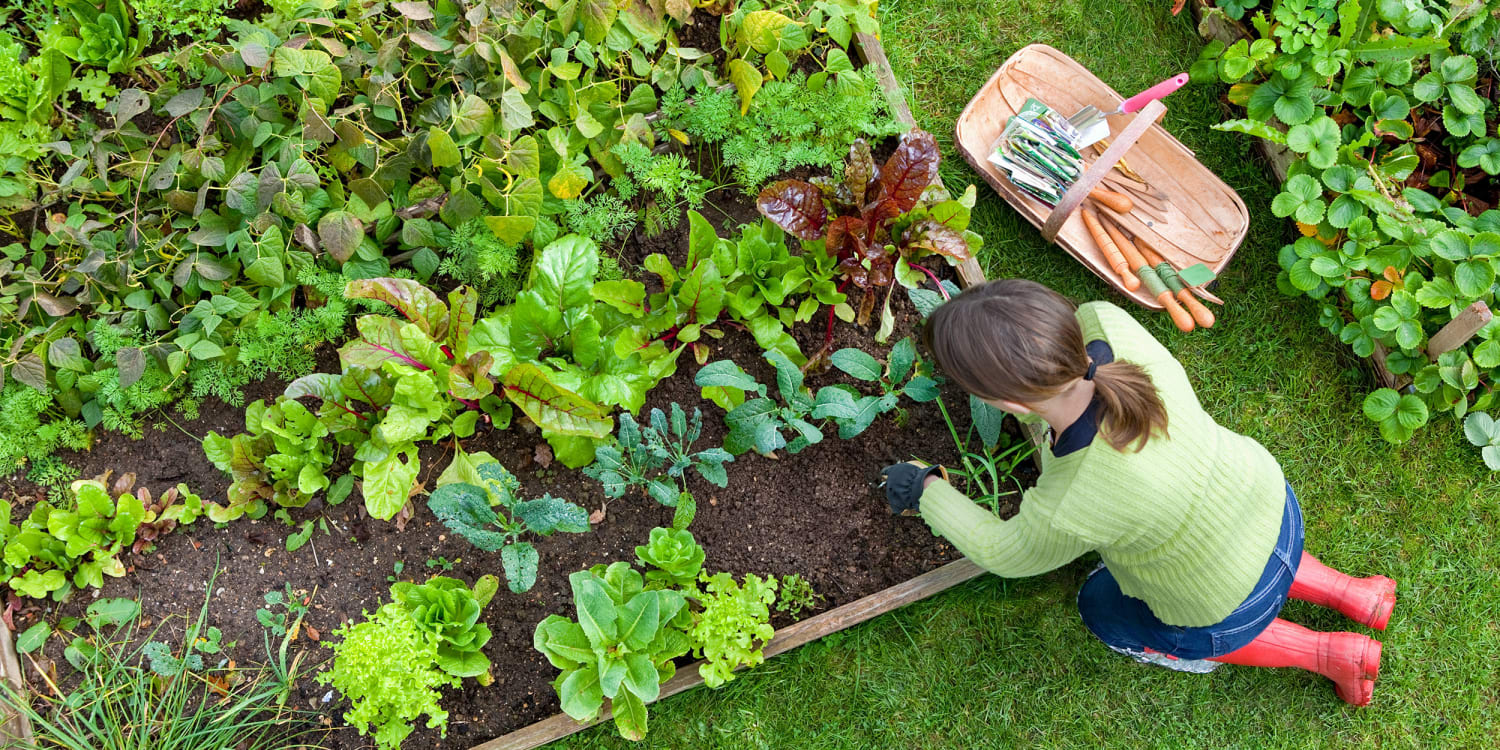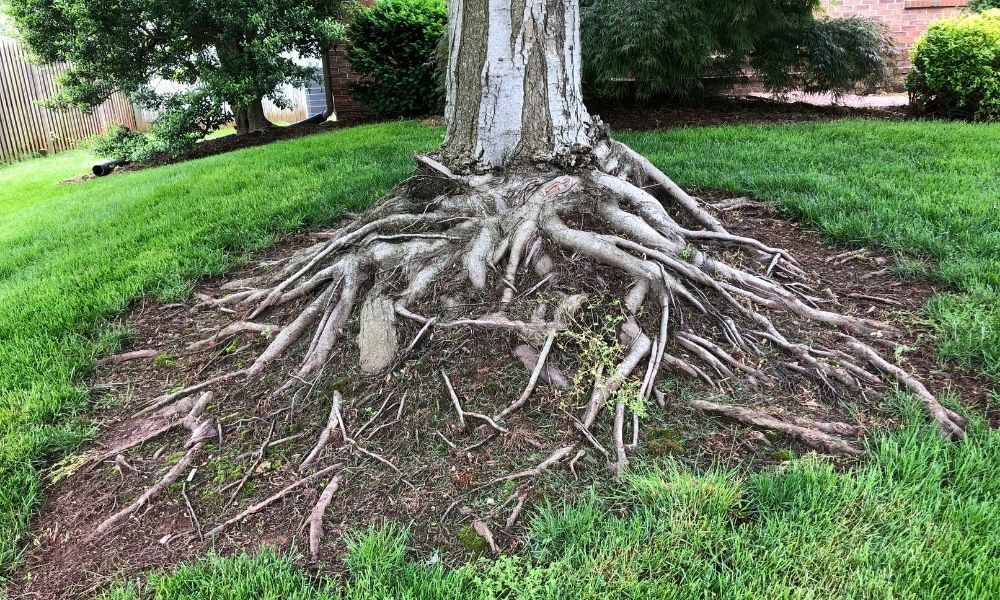Raised Mound Planting: The Ultimate Guide To Growing Healthy Plants In Poor Soil
Title: Raised Mound Planting: The Ultimate Guide to Growing Healthy Plants in Poor Soil
Introduction:
Do you have poor soil in your garden? If so, you're not alone. Many gardeners have to deal with soil that is either too sandy, too clayey, or too compacted. This can make it difficult to grow healthy plants.
But there is a solution: raised mound planting. By creating raised mounds of soil, you can improve drainage, aeration, and water retention. This will create an ideal growing environment for a wide variety of plants.
In this blog post, we will discuss the benefits of raised mound planting and how to create your own raised mounds. We will also provide some tips for choosing the right plants for your raised beds.
Benefits of Raised Mound Planting:
There are many benefits to raised mound planting. Here are just a few:
- Improved drainage: Raised mounds allow water to drain more easily, which is important for plants that don't like wet feet.
- Increased aeration: The loose soil in raised mounds allows for better air circulation, which is essential for healthy root growth.
- Better water retention: The raised soil holds water more effectively, which helps to prevent plants from drying out.
- Increased fertility: Raised mounds can be filled with a variety of organic materials, which will improve the fertility of the soil.
- Easier to weed: The raised soil makes it easier to pull weeds, which can help to keep your plants healthy.
How to Create Raised Mounds:
Creating raised mounds is a relatively simple process. Here are the basic steps involved:
- Choose a location for your raised mounds. They should be located in a sunny spot with well-drained soil.
- Mark out the area where you want your raised mounds to be.
- Remove the existing soil.
- Add a layer of organic matter, such as compost, manure, or leaf mold.
- Mix the organic matter with the existing soil.
- Refill the raised mounds with the amended soil.
- Water the raised mounds well.
Choosing Plants for Raised Beds:
When choosing plants for your raised beds, there are a few things to keep in mind. First, consider the amount of sun your raised beds will get. Some plants, such as tomatoes, need full sun, while others, such as lettuce, can tolerate partial shade.
Second, think about the size of your raised beds. If your raised beds are small, you will need to choose plants that are not too tall or wide.
Finally, consider the type of soil in your raised beds. If your soil is sandy, you will need to choose plants that are drought-tolerant. If your soil is clayey, you will need to choose plants that are tolerant of wet feet.
Conclusion:
Raised mound planting is a great way to improve the drainage, aeration, and water retention of your soil. This will create an ideal growing environment for a wide variety of plants.
If you have poor soil in your garden, raised mound planting is a great way to overcome this challenge. By following the tips in this blog post, you can create your own raised mounds and start growing healthy plants in no time.
Raised mound planting is a great way to improve your garden's drainage, aeration, and fertility. It can also help to extend your growing season and protect your plants from pests and diseases.
If you're interested in learning more about raised mound planting, I recommend visiting Home Gardening. This website has a wealth of information on the topic, including step-by-step instructions on how to build your own raised beds.
FAQ of raised mound planting
- What are the benefits of raised mound planting?
There are many benefits to raised mound planting, including:
* Improved drainage: Raised mounds help to improve drainage, which is especially important in areas with heavy clay soils or poor drainage.
* Better aeration: The raised mound structure allows for better aeration of the soil, which is essential for healthy plant growth.
* Increased warmth: Raised mounds warm up more quickly in the spring, which can extend your growing season.
* Reduced pests and diseases: The raised mound structure can help to reduce the incidence of pests and diseases, as it is more difficult for insects and pathogens to reach the roots of plants.
* Easier to weed: Raised mounds make it easier to weed, as you can simply walk around the edge of the mound and pull out any weeds that you see.
* More space for plants: Raised mounds can be made larger than traditional garden beds, which gives you more space to grow more plants.
- What are the different types of raised mound planting?
There are two main types of raised mound planting:
* Hugelkultur: This type of raised mound is made by stacking logs and other woody debris in a pile, and then covering it with soil. The rotting wood provides nutrients to the soil, and the mound structure helps to improve drainage and aeration.
* Traditional raised beds: These raised beds are made by building a frame out of wood or other materials, and then filling it with soil. Traditional raised beds are a good option if you want to have more control over the type of soil that your plants are growing in.
- How do I build a raised mound?
The specific steps involved in building a raised mound will vary depending on the type of mound you are building. However, here are some general tips:
* Choose a location that gets full sun.
* Prepare the soil by removing any weeds or debris.
* If you are building a hugelkultur mound, start by stacking the logs and other woody debris.
* If you are building a traditional raised bed, build the frame and then fill it with soil.
* Top the mound with a layer of compost or other organic matter.
- What plants are good for raised mound planting?
Almost any type of plant can be grown in a raised mound, but some plants are better suited for this type of planting than others. Some good choices for raised mound planting include:
* Vegetables: Tomatoes, peppers, eggplants, cucumbers, squash, beans, peas, carrots, potatoes, onions, and herbs.
* Fruits: Strawberries, raspberries, blueberries, blackberries, grapes, and apples.
* Flowers: Roses, lilies, peonies, dahlias, and sunflowers.
- How often do I need to water a raised mound?
The frequency of watering will depend on the type of plants you are growing, the size of the mound, and the climate. However, in general, raised mounds need to be watered more often than traditional garden beds.
- How do I maintain a raised mound?
The maintenance requirements for a raised mound will vary depending on the type of mound you are building. However, some general maintenance tips include:
* Mulch the mound to help retain moisture and suppress weeds.
* Add compost or other organic matter to the mound every year to improve the soil quality.
* Inspect the mound regularly for signs of pests or diseases.
Image of raised mound planting
- Image 1: A raised mound of soil with a variety of vegetables growing in it.

- Image 2: A raised mound of soil with a border of flowers surrounding it.

- Image 3: A raised mound of soil with a small tree growing in the center.

- Image 4: A raised mound of soil with a variety of herbs growing in it.

- Image 5: A raised mound of soil with a vegetable garden on one side and a flower garden on the other.

- Image 6: A raised mound of soil with a winding path leading through it.

- Image 7: A raised mound of soil with a bench on it, perfect for sitting and enjoying the view.

- Image 8: A raised mound of soil with a water feature in the center.
- Image 9: A raised mound of soil with a birdbath on it, attracting birds to the garden.

- Image 10: A raised mound of soil with a variety of plants growing in it, creating a beautiful and functional addition to the garden.


Post a Comment for "Raised Mound Planting: The Ultimate Guide To Growing Healthy Plants In Poor Soil"